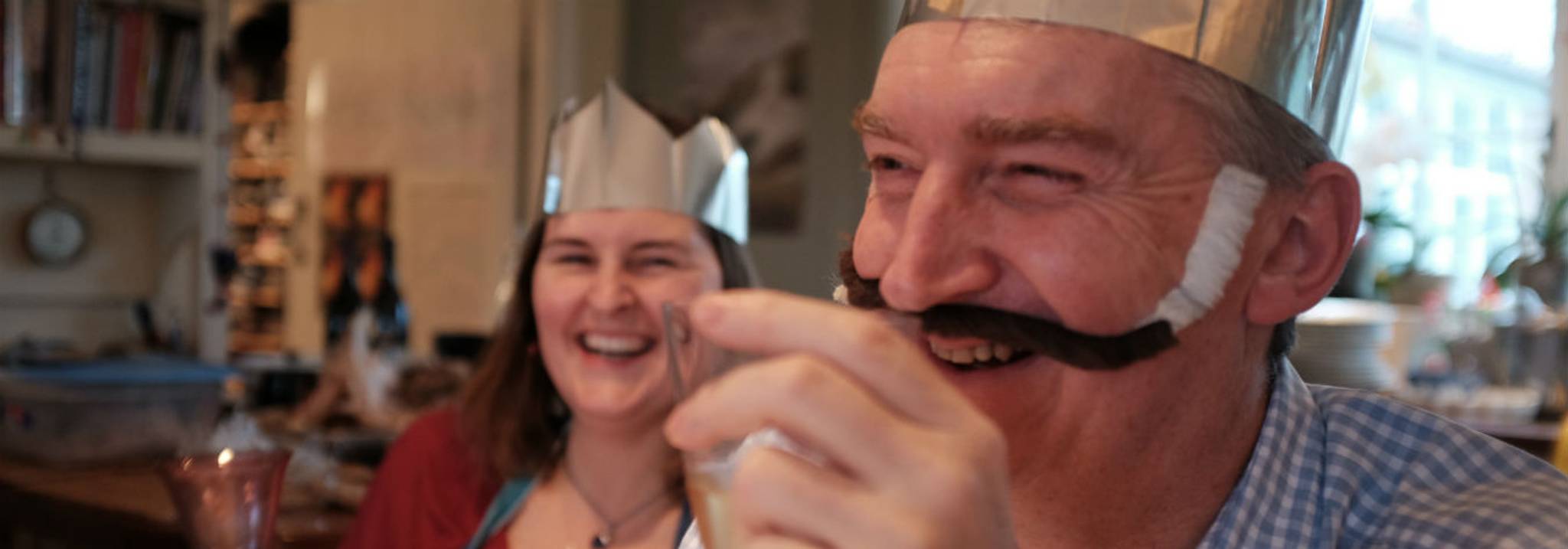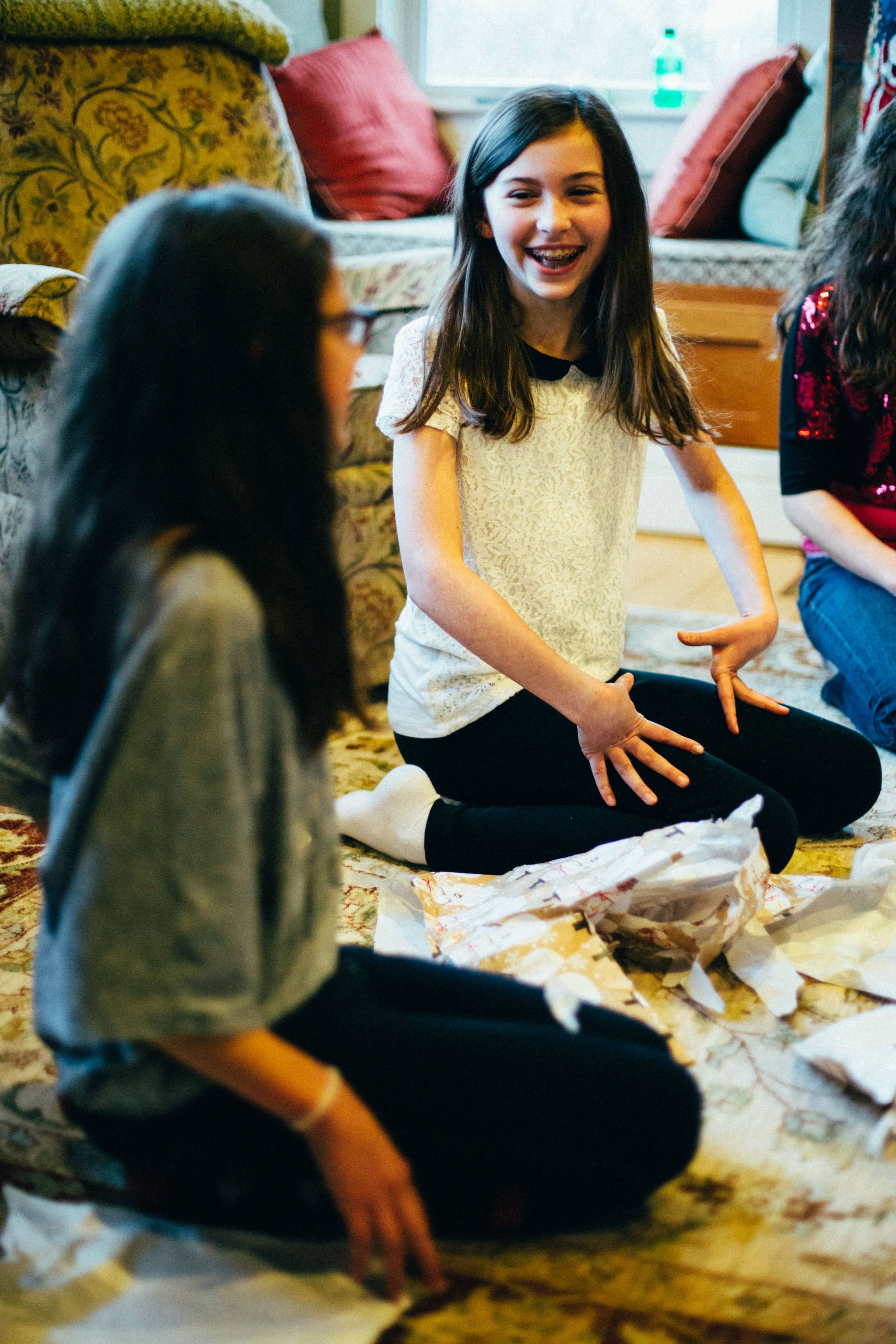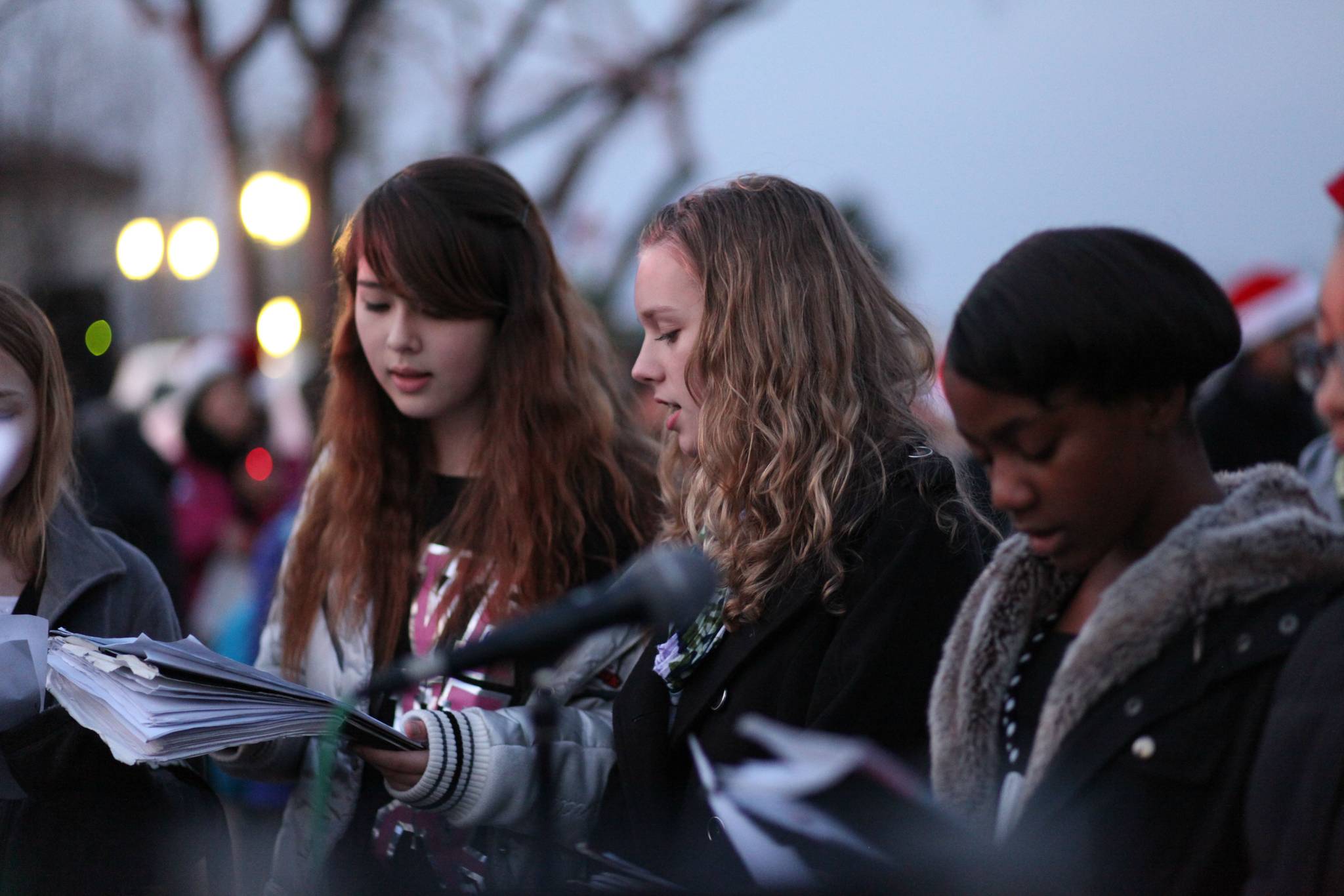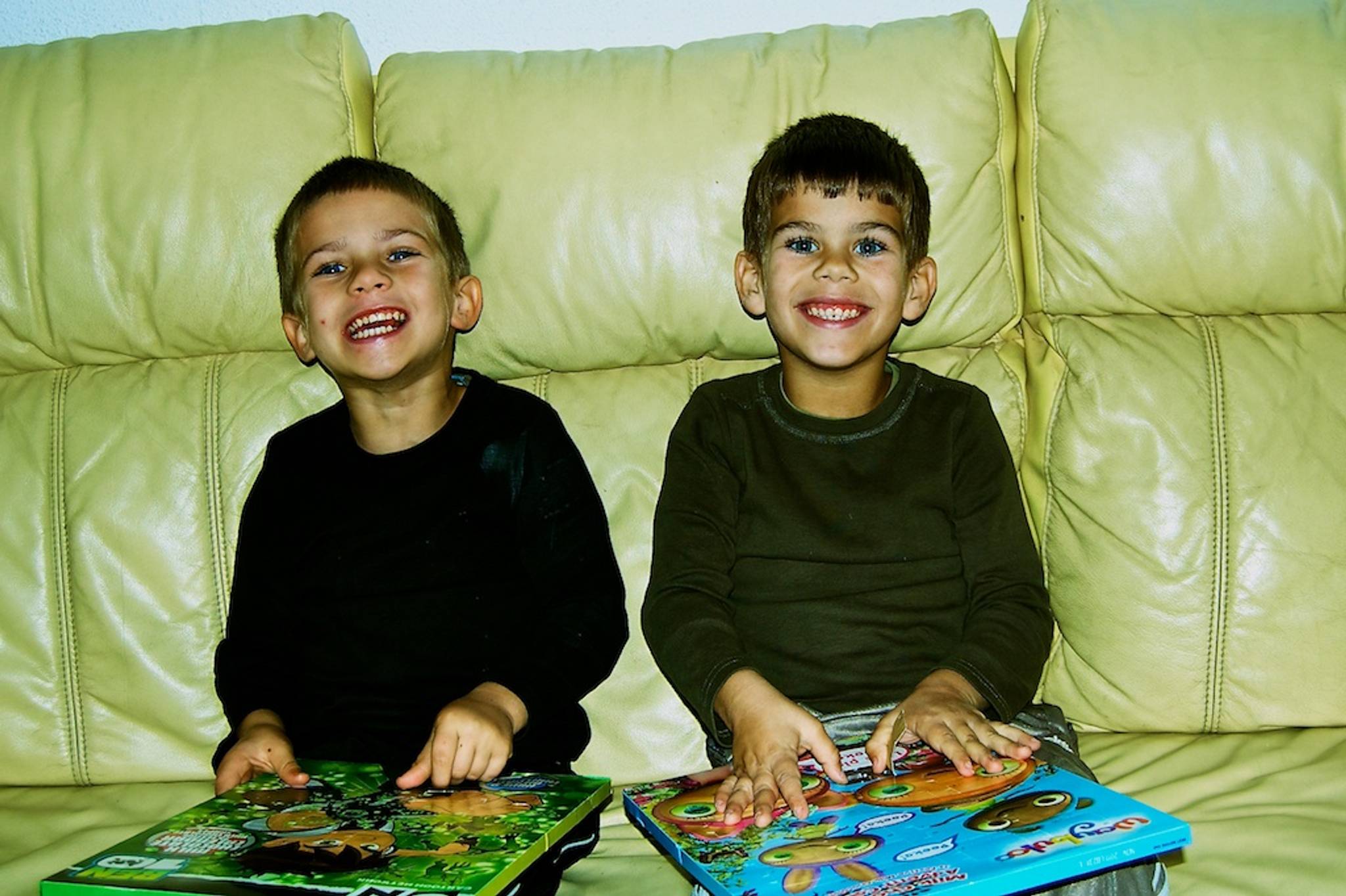
ASOS launched its first ever advent calendar this year, promptly setting the web ablaze. But rather than having chocolates or religious imagery behind each window, it instead houses little gifts for beauty buffs. Along with jumpers and festive decorations, it's one of the many Christmas traditions that are changing.
The advent calendar originated in the 18th century and the basic concept has survived to this day – a box with windows concealing festive images. Along the way, chocolate was added to the mix, eventually becoming the familiar version most people now recognise. But a further evolution has taken place in the last few years.
The first beauty advent calendar was released in 2010 by Selfridges in collaboration with L’Oréal, retaining the formula but drastically changing the contents. The small windows were stuffed with luxurious products from brands including Lancôme and Armani. The idea was quickly adopted by the industry; Marks & Spencer, Jo Malone, Diptyque and Liberty all have fancy calendars with loyal followings.
“With the popularity of beauty as a whole, they are just such a fun way to count down to Christmas with a new product each day,” says Paula Holmes, creator of The LND Diaries. “I think the main appeal is that you can make a rather large saving. For example, one calendar this year is £250 worth of products for just £35. Everyone loves a bargain, and with beauty advent calendars you really do get a good deal.”
The original advent calendar displayed religious images, but we couldn’t be further away from that today. It highlights a shift in attitudes to festive traditions. A Pew survey conducted in 2015 found that 90% of American Gen Yers celebrate Christmas, but only 40% see it primarily as a religious occasion. Instead, 43% of them see it mostly as a cultural holiday.
Yet some traditions remain solid, as they’re considered part of the festive atmosphere; among all generations, 85-90% of people say they’ll attend a gathering with extended family or friends, over three-quarters will put up a tree, and 91% of Yers will buy gifts – a higher percentage than any other age group.
Discover more insights like this by signing up to the Canvas8 Library.
Jo Allison is Canvas8’s editor. Previously, she worked for retail trends consultancy GDR where shopping was part of the job description. When she’s not getting her head around the quirks of human behaviour, she’s busy ‘researching’ the latest food or fitness fad.



